1. Data Discovery
Before tokenization, sensitive data is identified and categorized,
including credit card numbers, social security numbers,
or personal identification information.
2. Token Generation
Unique tokens are generated for each data element using various algorithms and encryption techniques. These tokens are designed to be non-reversible, ensuring the original data remains secure.
3. Token Storage
The generated tokens, along with associated non-sensitive data, are securely stored in a separate database called a token vault. Strict access controls and encryption are implemented to protect the token vault from unauthorized access.
4. Mapping Between Tokens and Original Data
A mapping or lookup table is created to associate each token with its corresponding original data. This table allows authorized users to retrieve the original data by referencing the token. Importantly, the mapping table itself does not contain any sensitive information.
5. Secure Tokenization Infrastructure
Tokenization systems employ robust encryption algorithms and security measures to safeguard both the tokens and the mapping table. Encryption ensures that even if unauthorized access to the token vault occurs, the tokens remain unreadable without the encryption keys.
By implementing these steps, organisations can achieve robust data protection, enhance security, reduce the risk of data breaches, and maintain compliance with regulatory requirements.












